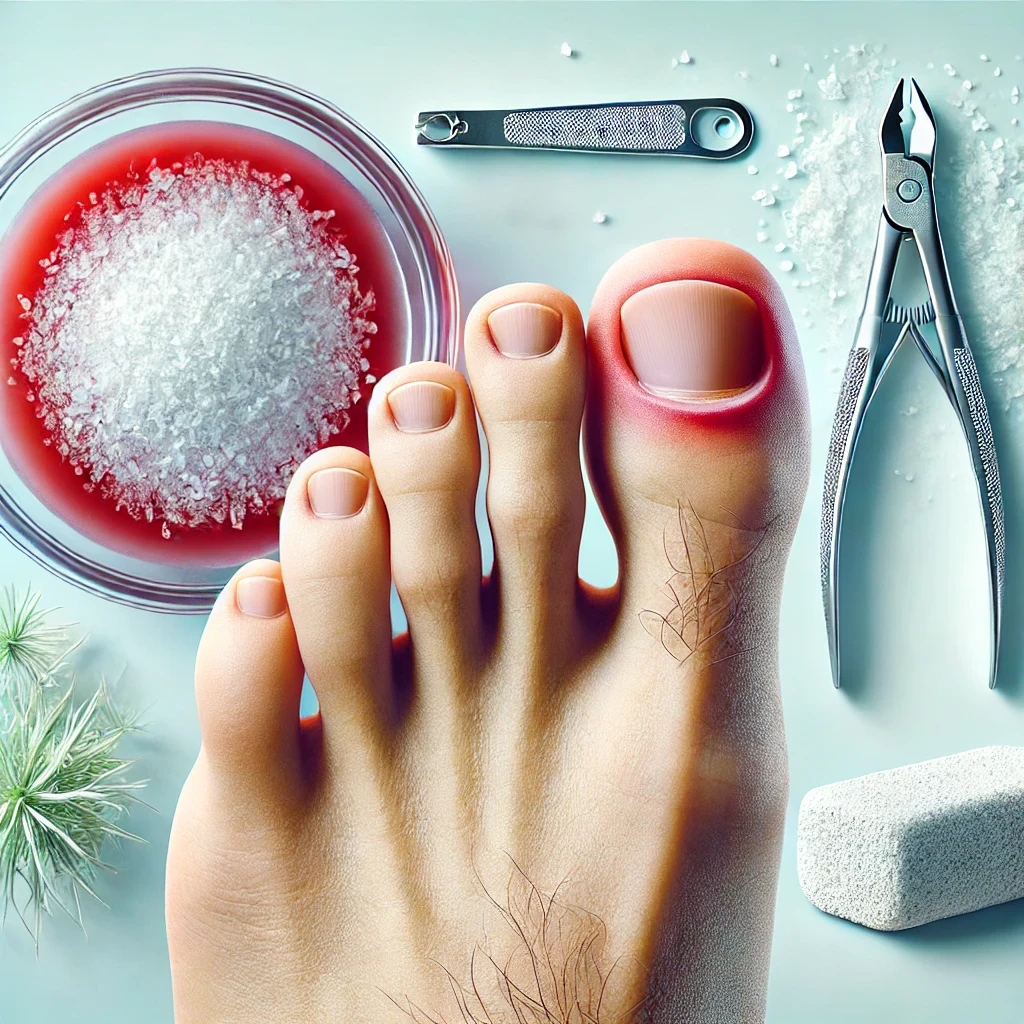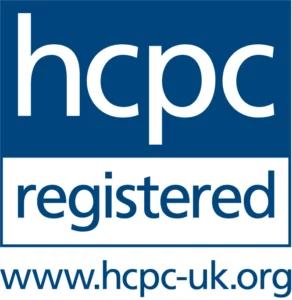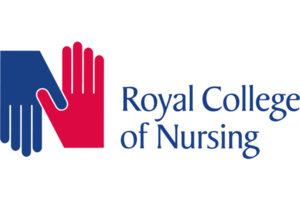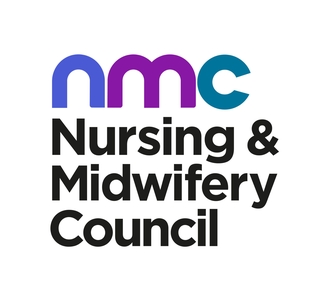Ingrown toenails can be both painful and frustrating. This common condition occurs when the edges of the toenail grow into the surrounding skin, causing discomfort, redness, swelling, and sometimes infection. While ingrown toenails frequently affect the big toe, any toenail can be susceptible. Knowing the causes, symptoms, and best treatment options—whether at home or in a clinic—can help you manage the pain and prevent future problems.
What Causes Ingrown Toenails?
Several factors contribute to the development of ingrown toenails. Understanding these can aid in prevention and effective management.
- Improper Nail Trimming: Cutting toenails too short or rounding the edges increases the risk of nails growing into the skin. Always trim nails straight across to minimize this risk.
- Tight or Ill-Fitting Footwear: Shoes that squeeze the toes or provide inadequate support can place excessive pressure on the nails, leading to growth into the skin. High heels and narrow-toed shoes are frequent culprits.
- Genetics: Some people are genetically predisposed to ingrown toenails due to the natural shape or thickness of their nails.
- Trauma or Injury: Stubbing your toe, dropping something heavy on your foot, or engaging in activities that cause repetitive pressure (like running) can affect nail growth.
- Poor Foot Hygiene: Neglecting proper foot care or having fungal infections can weaken the nails, making them more prone to becoming ingrown.
Recognizing the Symptoms of Ingrown Toenails
Identifying an ingrown toenail early is crucial for effective treatment. Here are common symptoms to watch for:
- Pain and Tenderness: The area around the nail, especially along the side, feels sore and tender.
- Redness and Swelling: The surrounding skin becomes red and inflamed, signaling irritation.
- Sensitivity: Increased sensitivity when touching or putting pressure on the affected area.
- Infection: In severe cases, you may notice pus, drainage, or excessive redness, indicating an infection.
Home Remedies for Ingrown Toenails
For mild cases, home remedies can offer relief and help prevent complications. Here’s how to treat an ingrown toenail at home:
1. Foot Soak
Soak your feet in warm, soapy water for 15-20 minutes. This helps reduce swelling and eases the pain. You can also add Epsom salts for added soothing effects.
2. Proper Nail Trimming
Once the nail and surrounding skin are soft from soaking, use sterilized nail clippers to carefully trim the nail straight across. Avoid cutting nails too short, and do not round the corners.
3. Using Cotton or Dental Floss
Gently lift the edge of the ingrown toenail using a small piece of clean cotton or dental floss. This method encourages the nail to grow above the skin rather than into it. Be sure to replace the cotton daily.
4. Antiseptic or Antibiotic Ointments
Apply over-the-counter antiseptics or antibiotic creams to the affected area to prevent infection. Cover the area with a clean, sterile bandage afterward.
5. Pain Management
Over-the-counter pain relievers like ibuprofen can reduce inflammation and manage pain. Be sure to follow the recommended dosage.
6. Comfortable Footwear
Choose shoes with a roomy toe box and adequate support to avoid pressure on your toes. Avoid wearing high heels or tight shoes until the nail heals.
Preventing Ingrown Toenails
Prevention is always better than cure. Here’s how to reduce your risk of developing ingrown toenails:
- Trim Your Nails Properly: Always cut your nails straight across, not too short, and avoid rounding the edges.
- Wear the Right Shoes: Opt for shoes that fit well and have enough room for your toes. Consider getting custom orthotics if you have foot conditions that increase your risk.
- Keep Your Feet Clean and Dry: Regularly wash and dry your feet to prevent infections. Moisturize if needed, but don’t overdo it, as excessive moisture can make your skin more prone to infections.
- Protect Your Feet: If you engage in high-impact sports or activities, use protective footwear to shield your toes from trauma.
When to Seek Clinical Guidance
While home remedies can be effective, some situations require professional medical attention. Seek help if:
- The ingrown toenail doesn’t improve with home care.
- You notice signs of infection, like pus, severe redness, or significant swelling.
- Pain is severe and interferes with daily activities.
- Ingrown toenails become a recurring problem.
Clinical Treatment Options for Ingrown Toenails
When home remedies aren’t enough, healthcare professionals have various treatment options:
- Surgical Procedures: For severe or recurrent cases, a podiatrist may perform a minor surgery to remove the ingrown portion of the nail. In some cases, they may also remove part of the nail matrix to prevent future growth.
- Antibiotics: If an infection is present, your doctor may prescribe antibiotics to clear it up.
- Laser Treatment: Advanced clinics offer laser treatments as a permanent and minimally painful solution for chronic ingrown toenails.
- Nail Bracing: A newer method that involves using a brace to lift the sides of the toenail, allowing it to grow in the correct direction.
Conclusion: Healthy Feet for a Happier Life
Ingrown toenails can be painful and frustrating, but understanding the causes and knowing how to treat them effectively can make a significant difference. While home remedies work for many, professional help is essential when complications arise. At Heaven Care Clinic, we’re here to provide expert guidance and treatment options tailored to your needs. Take steps today to keep your feet healthy and pain-free!








 BY AFDV MARKETING.
BY AFDV MARKETING.